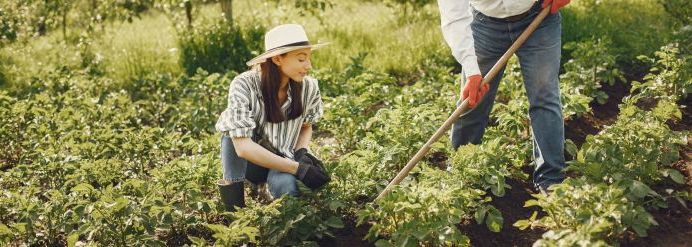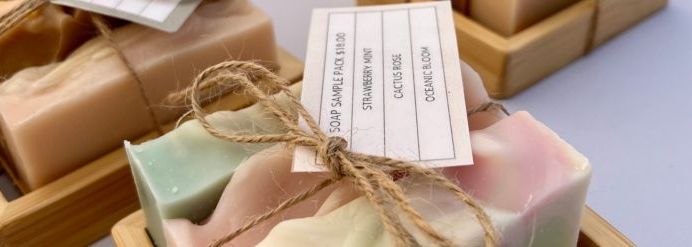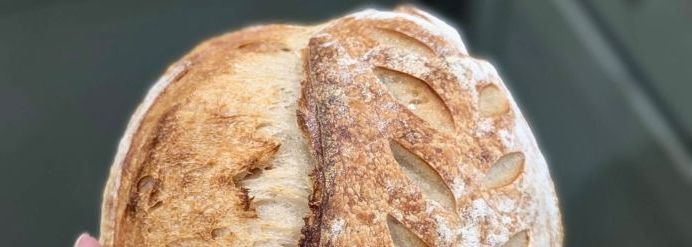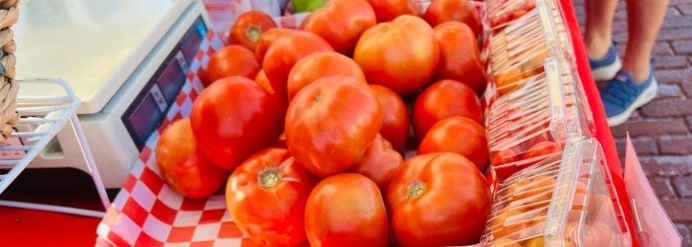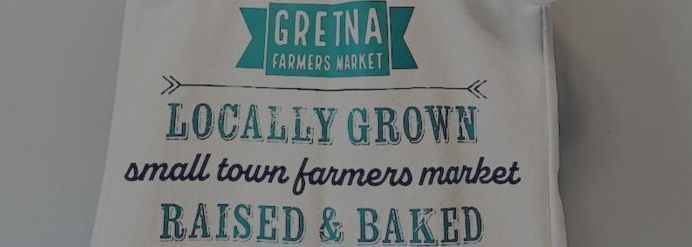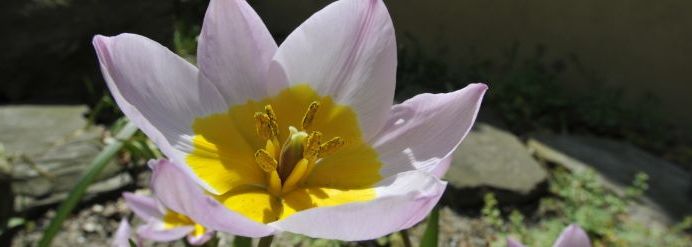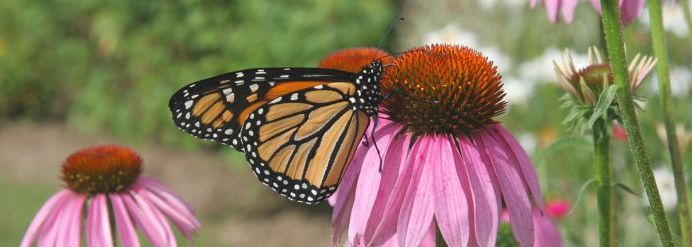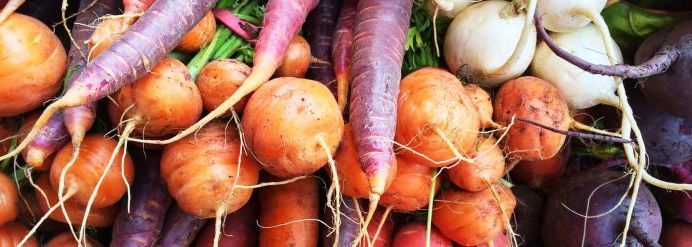Growing zones help you know what to plant and when, as well as which plants, flowers and crops will survive the winter. If you don’t already know what gardening zones are, we’ve got you covered. Keep reading to learn about growing in Nebraska’s zone and what some of the best crops to grow in Nebraska are!
What are gardening zones?
The USDA has identified 13 hardiness, or gardening, zones that run across the United States, each with two subsets based on the first and last frost of the year. For example Zone 5 has subsets 5a and 5b. Each zone’s temperatures are separated by 10°F, so Zone 5 would be 10 degrees colder than Zone 6.
Which zone is Nebraska?
The entire state of Nebraska consists of four hardiness zones, spanning from Zone 4a and Zone 4b, to Zone 5a and Zone 5b. Southeast Nebraska, where we’re located, is Zone 5. It’s important to know what zone you’re in when gardening so you can choose the right crops to yield success. If you’ve lived in Nebraska for a while, you know the seasons vary from frigid cold winters to humid, hot summers. Let’s dive into gardening in Zone 5!
Zone temperatures
Zone 5 temperatures range from -10° to -20°F. The subzone 5a averages a minimum temperature of -15° to -20° F, and subzone 5b has a minimum average temperature of -10° to -15°F. Although set at these temperatures, it can get colder due to changing weather conditions. The first frost date is October 15, and the last frost date is May 15. When gardening in this zone, be sure you pay attention to changing temperatures and frost warnings.
Growing tips
You can always start your seeds indoors to ensure they’re ready to thrive in the temperatures outside. Be best prepared by knowing the frost dates and checking upcoming weather predictions. Choose the right crops for your zone and plan them out accordingly. Refer to each seed’s individual packet to know what’s best for them. If you want to be absolutely sure your plants survive the cold, invest in a greenhouse.
Best crops to grow in Nebraska
You can grow a variety of fruits and vegetables in Nebraska. The winters can get extremely cold, but these plants can survive!
Carrots
Carrots actually get sweeter in the cold. If the growing season is going to be shorter due to the expected frost dates, choose a variety of dwarf carrots.
Leeks
Dark leeks are strong enough for frigid winters. Early on in spring, sow your seeds under cover so they’re ready to plant around the end of Spring.
Spinach
Many don’t know that spinach can thrive in the winter. It’s recommended to plant spinach four to six weeks before the last frost; you can also plant them six to eight weeks before the first frost date.
Broccoli
You don’t need to wait until the last frost date to plant broccoli, and when summer comes around, keep your broccoli in the sun for at least six hours.
Kale
Kale surprisingly tastes better the colder it gets; plant your kale seeds about three to five weeks before the last frost date. You can harvest them when the leaves are about the size of your hand.
Lettuce
Lettuce is one of the easiest plants to grow. The seedlings can handle a light frost. Plan lettuce in increments of two weeks to have a continuous harvest.
Radishes
Radishes are a superfood. You can plant radishes more than one each growing season, and they’re ready in just 30 days.
Fruit trees
The fruit trees best for Zone 5 are Harrow Delight pear, Warren plum, Pink Lady apple and native Pawpaw trees.
Nut trees
Walnuts, chestnuts, hazelnuts and hickory nuts are a great choice for Zone 5.
Searching for a “farmers market near me?”
Above are the best crops to grow in Nebraska’s Zone 5, but Nebraska can also yield delicious tomatoes, cucumbers, corn, beets, beans and peppers. Quit searching for a “farmers market near me” and visit the Gretna Farmers Market. We have fresh local produce from farmers all over Nebraska, as well as baked goods and food trucks. Whether you want to try your green thumb or not, you can always support local farmers and purchase their produce!




